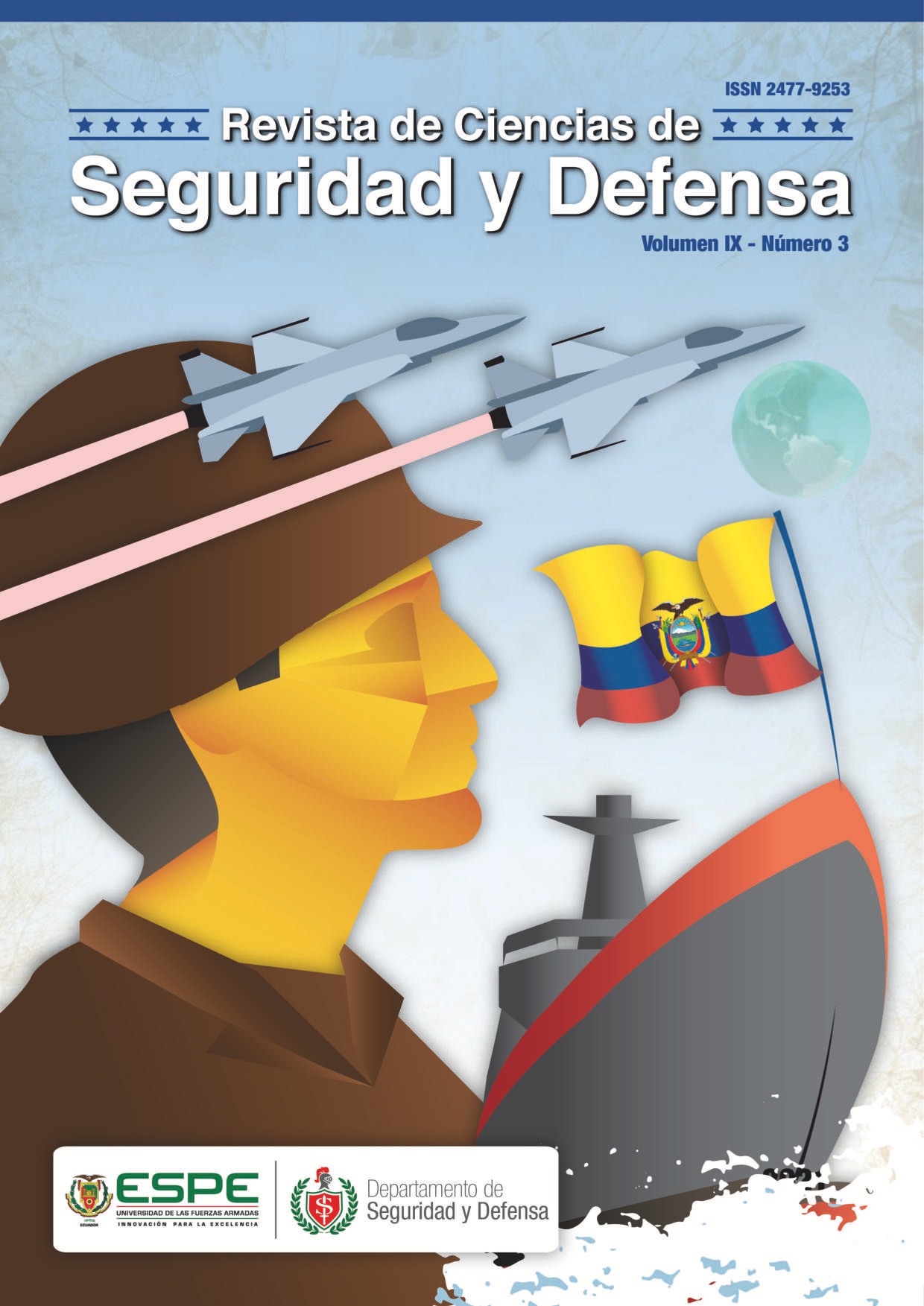Gamification to improve academic results and motivation in military students
Main Article Content
Abstract
This research focuses on showing that the Gamification methodology can improve the academic results and increase the motivation in military students for the English subject. The study was conducted with 103 young male recruits from the Ecuadorian Navy. The teacher did some research about how Gamification works in educational and military contexts. After choosing what she thought it was the most appropriate video game, she proceeded to plan and “gamify” all the class activities to recreate the chosen game during one didactic unit.
The researcher designed this study by applying two tests. The first one was before applying the Gamification methodology and the other one was after the implementation. She also applied one survey to students to poll their opinions and views toward the English activities before and after the implementation of the Gamification methodology.
The method used in this study was mixed since there are quantitative and qualitative data. The results were analysed by comparing the academic results from didactic unit 1 where the Gamification methodology was not used and didactic unit 2 where the Gamification methodology was implemented. Besides, the results of the survey were also analysed to determine if military students had a positive attitude toward this methodology. At the end of the study, a discussion takes place to compare the results of this investigation with other authors.
Downloads
Article Details

This work is licensed under a Creative Commons Attribution-NonCommercial 4.0 International License.
Politicas de acceso y reuso
El autor, conserva el derecho a ser propietario intelectual del artículo y podría solicitar al Director de la Revista el uso posterior de este trabajo.
El lector, tiene derecho a enviar los comentarios que crea conveniente sobre los artículos de la revista, y a participar en los foros que se organicen en torno de los artículos de la revista.

